Description
Turbo Snails are a type of marine gastropod mollusk belonging to the family Turbinidae. This family also includes other snails like the Astraea Snails. Turbo Snails are well-known for their distinctive spiral shells that often have vibrant patterns and colors. They play a valuable role in marine aquariums by grazing on algae growth, helping to maintain a balanced ecosystem.
Ecology: In their natural habitat, Turbo Snails are commonly found in rocky intertidal zones and shallow coastal areas of oceans worldwide. They are excellent algae grazers and contribute to the control of unwanted algae growth on reefs.
In the Aquarium: To provide a suitable environment for Turbo Snails, it’s important to have surfaces for them to graze on and explore. Live rock and aquarium decorations can offer such surfaces. Having ample hiding spots will also help them feel secure. It’s advisable to use a mesh cover or screen to prevent potential escapes, as these snails are known for their climbing abilities.
Diet: Turbo Snails are primarily herbivores, with a diet mainly consisting of various types of algae. They are particularly effective at consuming hair algae and film algae. However, in an aquarium with limited algae, it’s crucial to supplement their diet with specialized snail or herbivore pellets to ensure they receive proper nutrition.
Care and Compatibility: Turbo Snails are generally easy to care for and are compatible with a wide range of marine aquarium setups. They are peaceful creatures that won’t harm corals or other tank inhabitants. However, it’s important to avoid copper-based medications in the aquarium, as these can be harmful to snails.
Reproduction: Turbo Snails reproduce by laying eggs, which develop into larvae and eventually settle as small snails. In aquariums, it’s challenging to breed Turbo Snails due to the specific conditions required for larval development.
Note: The appearance of Turbo Snails can vary in terms of shell pattern, coloration, and size. The description provided here offers a general overview of their characteristics and care requirements.

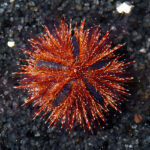

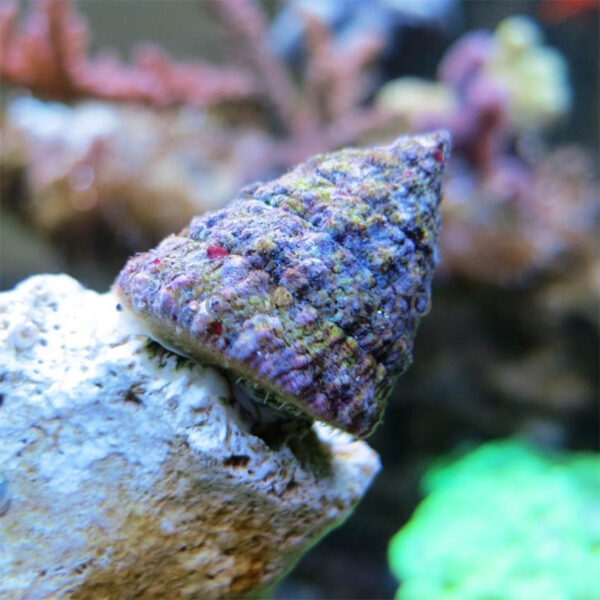

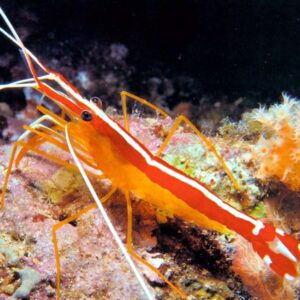
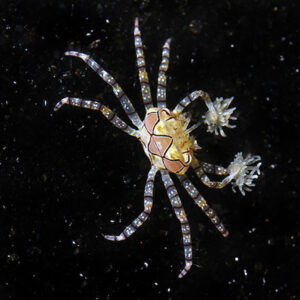
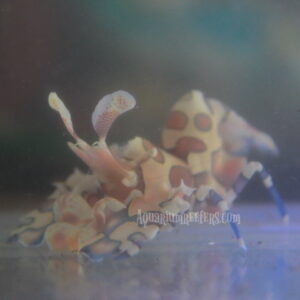
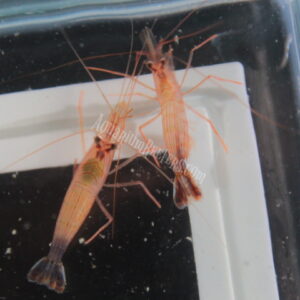
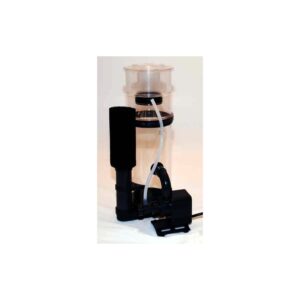 ASM G-1S Protein Skimmer
ASM G-1S Protein Skimmer
Reviews
There are no reviews yet.